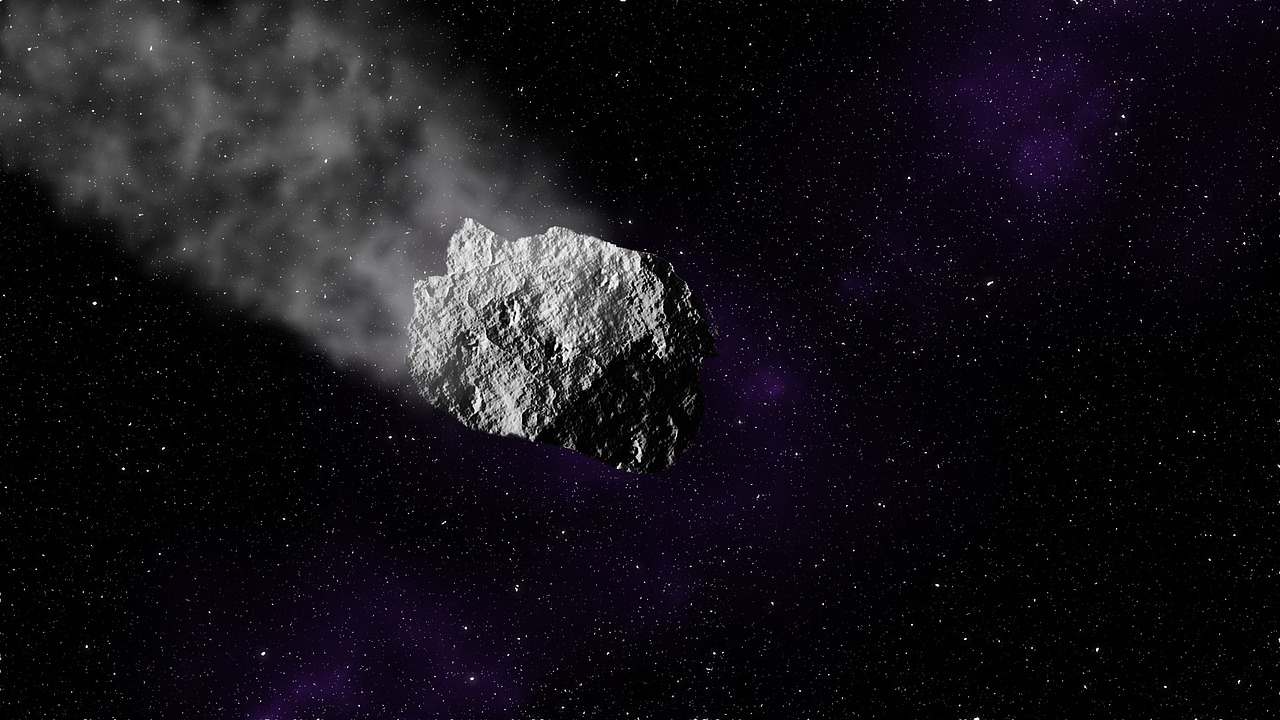
NASA has detected a new asteroid that could hit Earth in 2046. But wait, don’t panic! NASA is keeping an eye on it and taking steps to ensure that we are safe. The asteroid, which is about the same size as an Olympic swimming pool, might hit Earth in 23 years. This asteroid has a small chance of colliding with our planet on Valentine’s Day in 2046, which is both exciting and a bit scary.
The asteroid called 2023 DW could potentially collide with Earth, and the European Space Agency has calculated that there is a 1 in 625 chance of this happening. However, NASA’s Jet Propulsion Laboratory thinks the odds are closer to 1 in 560.1 That might sound scary, but it’s important to remember that NASA is always monitoring the skies for any potential threats.
The good news is that 2023 DW is the only object on NASA’s risk list that ranks 1 out of 10 on the Torino Impact Hazard Scale.1 This scale helps scientists categorise the projected risk of an object colliding with Earth. But even though it ranks higher than other objects, a ranking of 1 means that the ‘chance of collision is extremely unlikely with no cause for public attention or public concern’, according to the Jet Propulsion Laboratory.1
Davide Farnocchia, a navigation engineer at the Jet Propulsion Laboratory, has said that 2023 DW is ‘not particularly concerning’.1 That being said, the odds of impact could change as scientists collect more data and perform additional analysis.
This asteroid is about 160 feet (50 metres) in diameter, which is pretty big. As it travels around the sun, it’s expected to come close to Earth 10 times. The closest it will get to us is about 1.8 million kilometres away.2
Scientists at NASA are using telescopes and other instruments to track the asteroid’s movements and gather as much data as possible. They are studying its orbit and speed to determine if it will come close enough to Earth to pose a threat. If they find that it is likely to hit Earth, they will work on a plan to deflect it or break it apart before it reaches us.
Well, this is also not the first time that NASA has detected an asteroid that could potentially hit Earth. In fact, they are constantly monitoring the skies for any objects that could pose a threat. NASA’s Planetary Defence Coordination Office is responsible for tracking near-Earth objects (NEOs) like asteroids and comets and developing plans to protect Earth from them.2
So, what can you do to help? Well, you can learn more about asteroids and space by reading books, watching documentaries or visiting a planetarium. You can also support NASA and other space agencies by following their missions and discoveries.
It’s important to remember that asteroids are a natural part of our solar system, and they have been around for billions of years. They have helped shape the planets and moons in our solar system. And while there is a small chance that an asteroid could hit Earth in the future, we can trust that NASA and other space agencies are working hard to keep us safe.
Until then, keep learning about space, and who knows, maybe one day you could be a scientist working on a mission to protect Earth from asteroids!
Enjoyed reading this? Check out other exciting stories on the BYJU’s blog:
What happens to your body when you sleep?
US Scientists Achieve Nuclear Fusion: What is it & How Was it Done?
Writing has always been Shreesha’s passion, be it for imparting knowledge or expressing opinions. In her former role as a journalist, she contributed to enriching society with knowledge. Now, at BYJU’S, she has moved on to something more exciting – creating tailor-made content for students. When she is not writing, you would find her looking for new ways to engage her child.